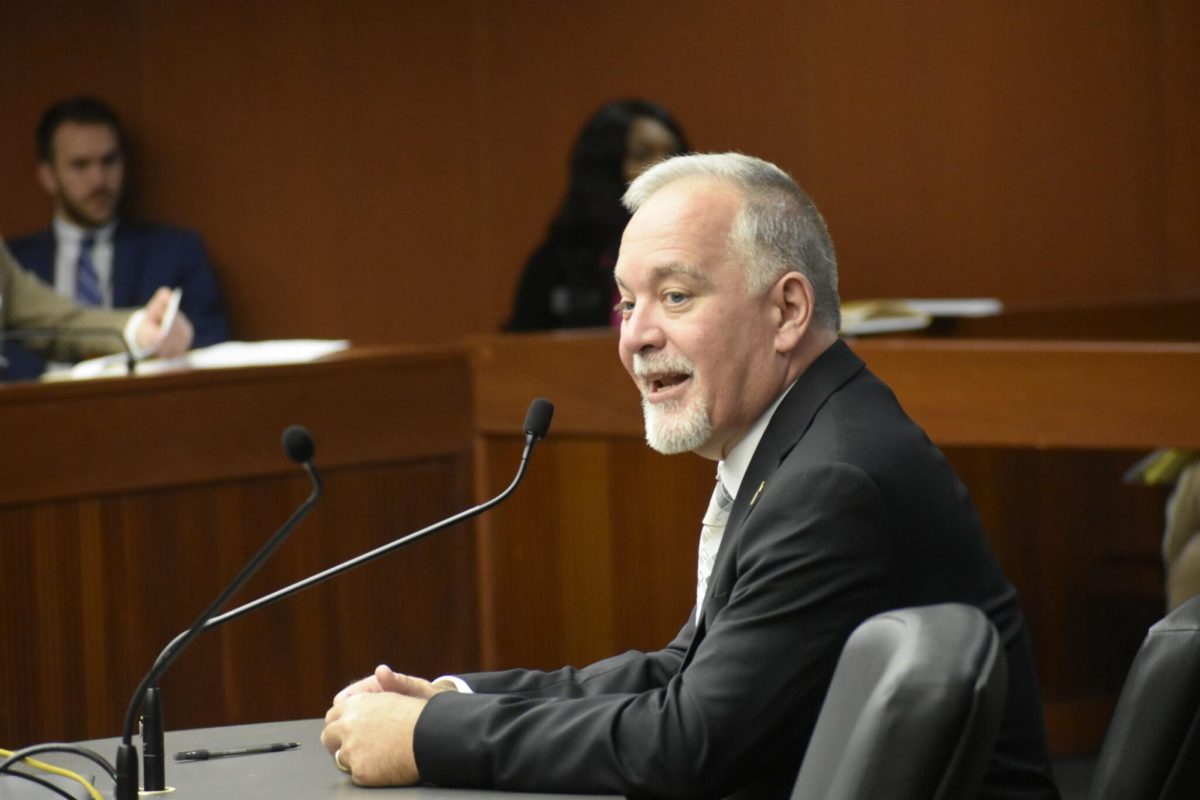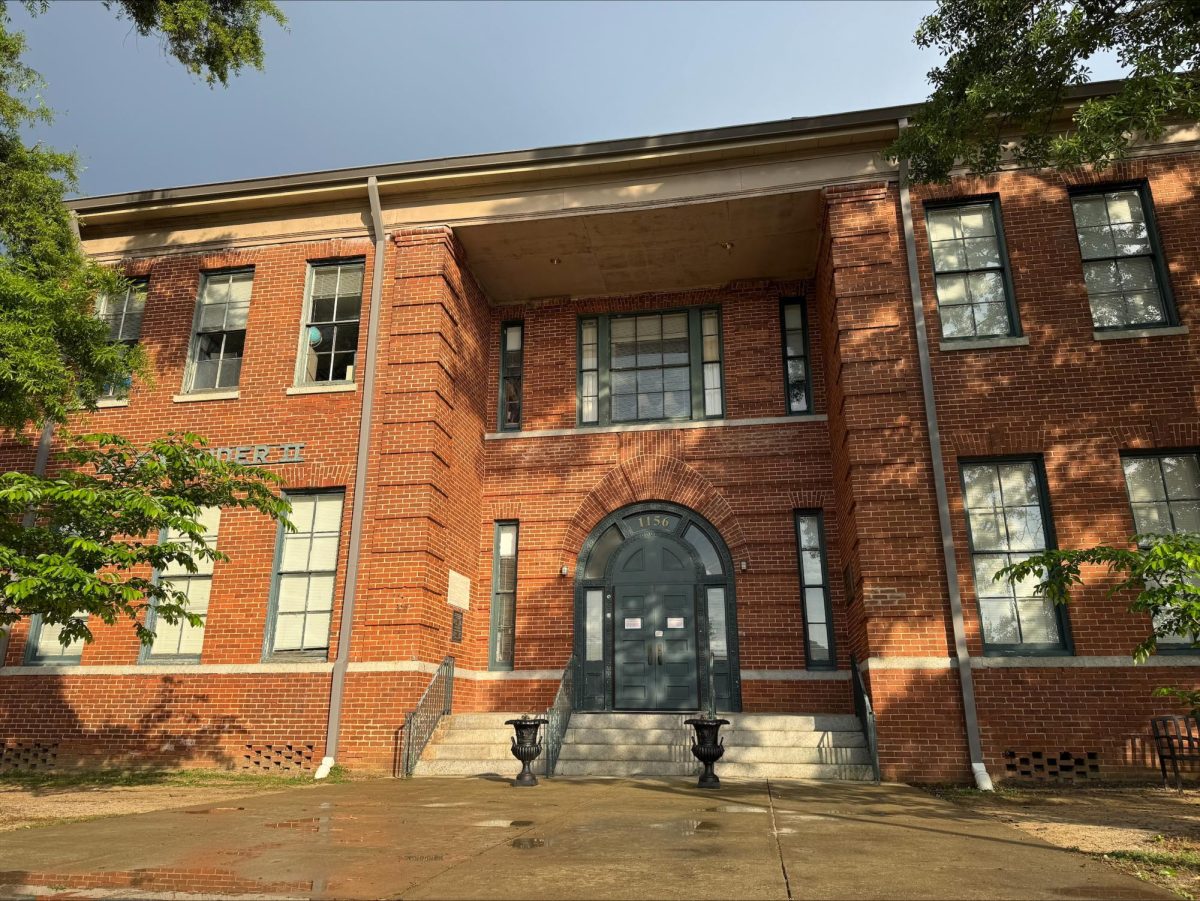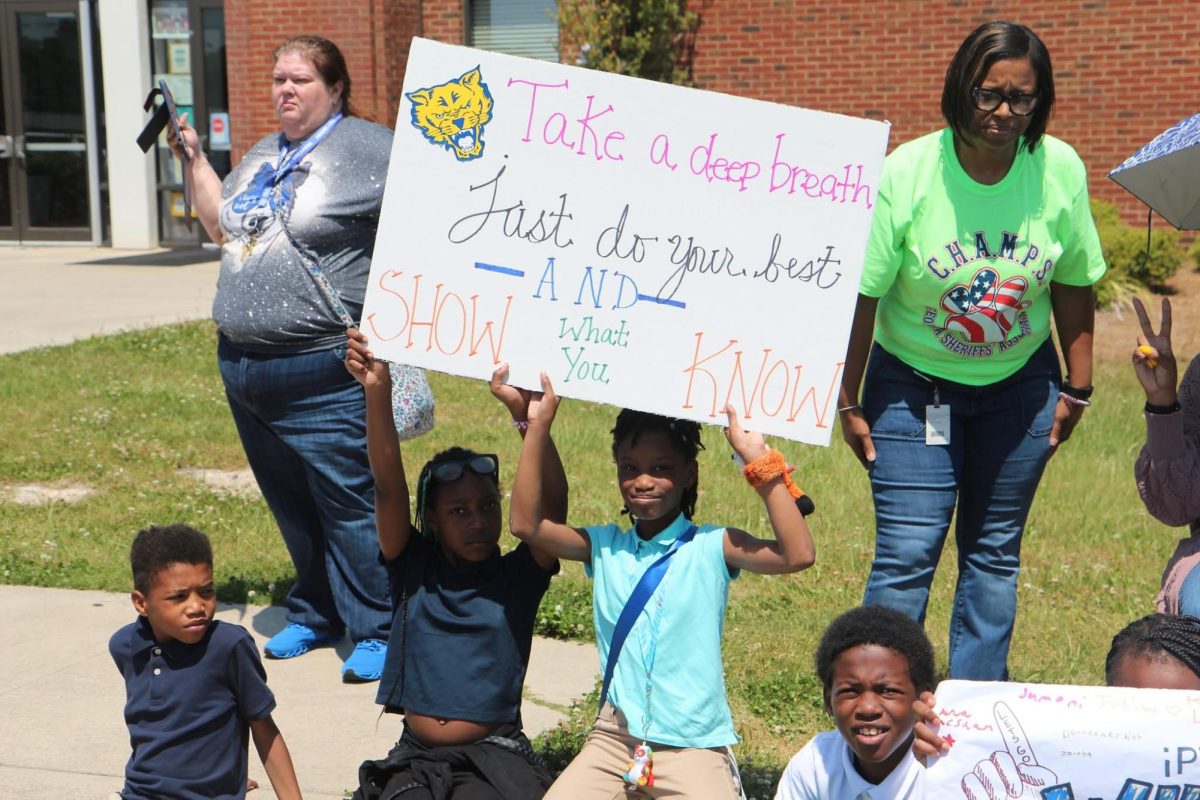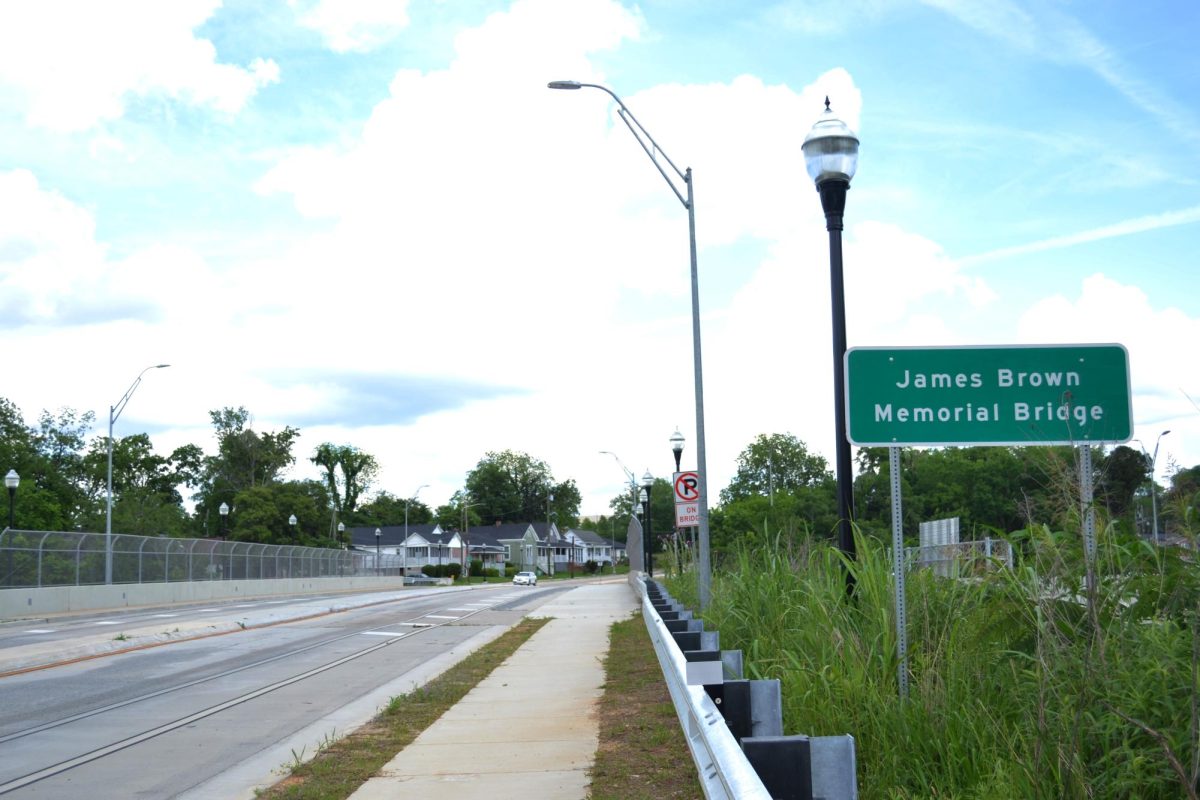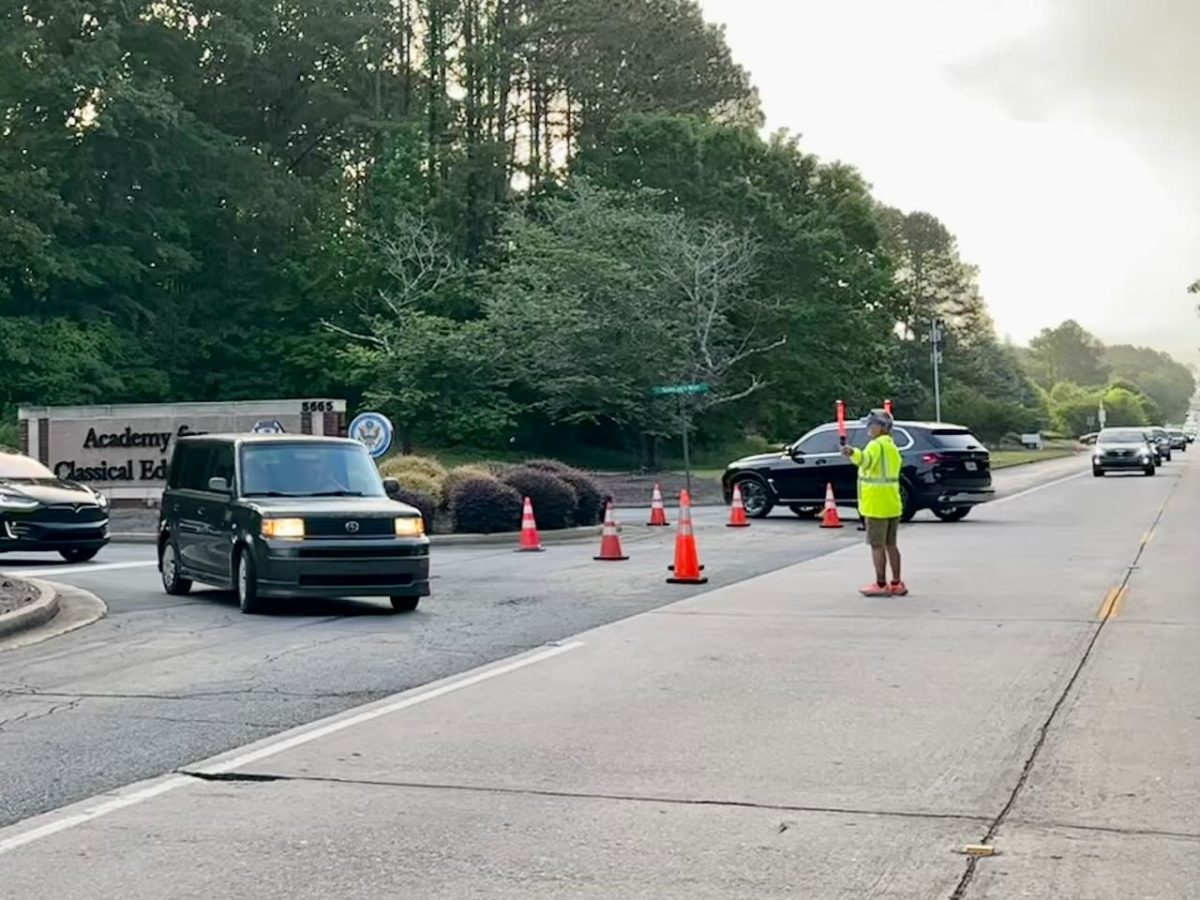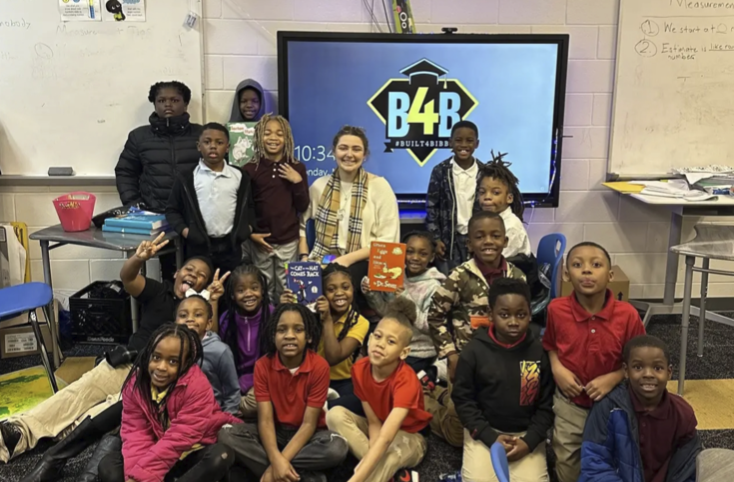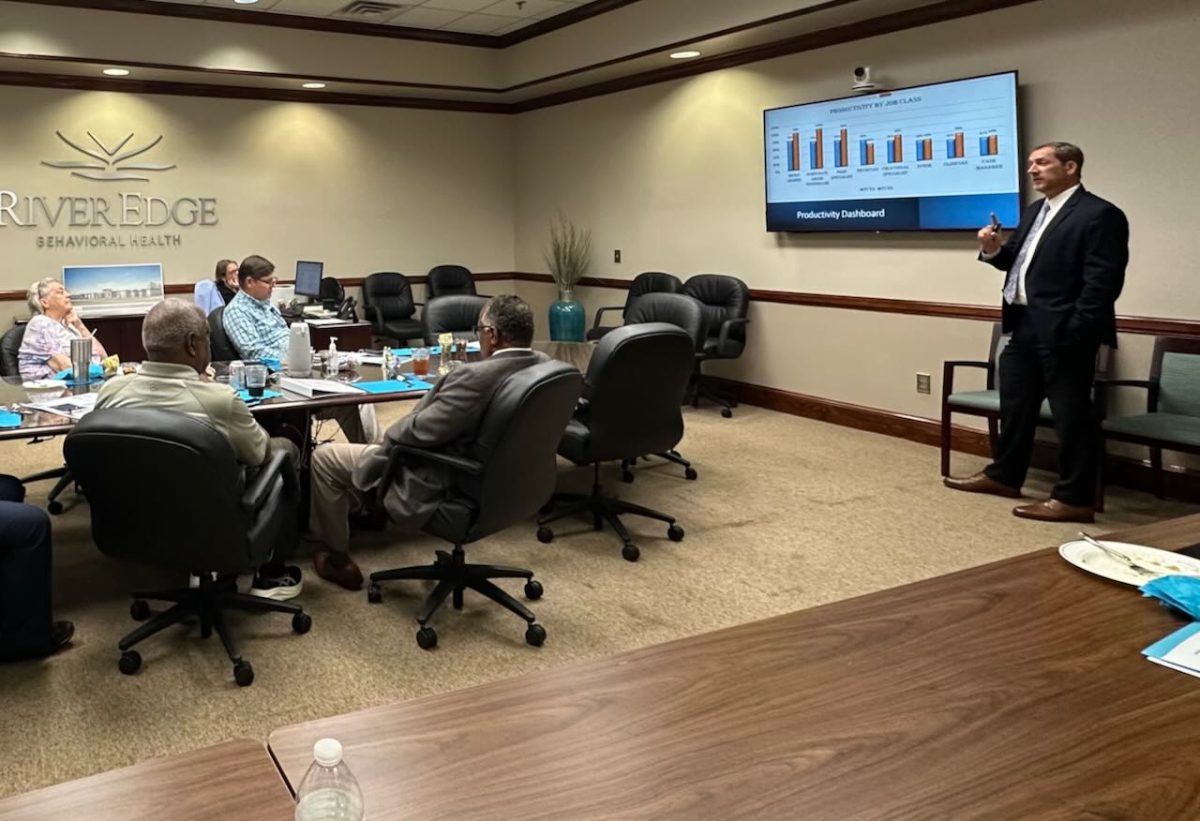Public schools make up the biggest portion of Georgia’s state budget, so when lawmakers head to Atlanta each January to fund the government and pass new laws, education always has a prominent role.
This January could see delivery on efforts to make students living in poverty a priority in the state’s funding formula, new pay raises and literacy training for teachers, the state taking over some of the ballooning costs of transporting students and more slots in the state’s Pre-K program, according to a list of Georgia Department of Education priorities for the coming regular session.
“The best way to invest in Georgia’s future is investing in our students, families, and educators,” said Superintendent Richard Woods in a statement. “Our legislative priorities are guided by that underlying belief. I look forward to working with the Governor’s Office and members of the General Assembly to strengthen instruction and student opportunities, fully fund public education, elevate the teaching profession, support Georgia families, and keep our students safe.”
The DOE is working on a bill backed by Lt. Gov. Burt Jones that would require social media companies to verify the age of users and remove features that could be addictive to children, as well as requiring parental consent and notification for school health services.
The department is working on specifics with potential sponsors, including costs, said spokeswoman Meghan Frick.
Public schools make up the biggest portion of Georgia’s state budget, so when lawmakers head to Atlanta each January to fund the government and pass new laws, education always has a prominent role.
This January could see delivery on efforts to make students living in poverty a priority in the state’s funding formula, new pay raises and literacy training for teachers, the state taking over some of the ballooning costs of transporting students and more slots in the state’s Pre-K program, according to a list of Georgia Department of Education priorities for the coming regular session.
“The best way to invest in Georgia’s future is investing in our students, families, and educators,” said Superintendent Richard Woods in a statement. “Our legislative priorities are guided by that underlying belief. I look forward to working with the Governor’s Office and members of the General Assembly to strengthen instruction and student opportunities, fully fund public education, elevate the teaching profession, support Georgia families, and keep our students safe.”
The DOE is working on a bill backed by Lt. Gov. Burt Jones that would require social media companies to verify the age of users and remove features that could be addictive to children, as well as requiring parental consent and notification for school health services.
The department is working on specifics with potential sponsors, including costs, said spokeswoman Meghan Frick.
Raises
Woods is proposing a $3,000 pay raise for teachers, which, if approved by the Legislature and signed by Gov. Brian Kemp, would represent a total salary increase of $10,000 since Kemp took office in 2019. Kemp’s office has not commented publicly on the proposals.
“In the longer term, we also advocate for expanding step increases on the teacher salary scale,” Woods wrote in an op-ed with 2024 Georgia teacher of the year Christy Todd. “As it currently stands, teachers stop receiving salary increases based on experience after 21 years in the classroom – meaning they are not recognized for continued longevity and expertise for nearly a third of their careers.”
Woods and Todd also call for establishing a study committee on pay rates for other education workers, including school nurses, bus drivers and nutrition workers.
Literacy
Woods’ proposals also include spending on support for teachers and students, such as putting a paraprofessional in every K-2 classroom – currently, the state only pays for parapros in kindergarten classes.
The plan also calls for new dollars to support literacy efforts statewide, including by expanding options for retired teachers with reading or dyslexia endorsements to return to the classroom and adding funding for “science of reading-based coaching and professional learning.”
Science of reading refers to a field of research into how children learn to read. Beth Haynes, legislative chair for advocacy group Decoding Dyslexia Georgia, said science of reading and an approach called structured literacy can help kids with or without dyslexia more easily develop reading skills and she’s pleased to see the state prioritizing them.
This year, Kemp signed House Bill 538, requiring teachers of kindergarteners through third graders to be instructed in the science of reading and structured literacy.
“Literacy coaches had been a part of one of the original drafts of HB 538, the Georgia Early Literacy Act, but they took it out,” Haynes said. “And there’s been a lot of discussion since then about how critical literacy coaches are to a successful implementation of science of reading and structured literacy. That’s been the case in state after state who have already done it. They all sort of report the same thing. So yes, funding is huge. And the fact that they’re talking about coaching, especially as it pertains to literacy coaches, is great to see.”
Changes to QBE
Since 1985, Georgia has been funding public schools using a formula called Quality Basic Education, or QBE, which determines how much of the state budget should go to each student depending on factors like what grade he or she is in and whether he or she receives special education.
Lawmakers have been working to update the formula in recent years, and modernizing the way the state pays to get kids to and from classes could be a big opportunity, said Stephen Owens, education director for the Georgia Budget and Policy Institute.
In the 1990s, the state covered more than half of all the transportation costs for districts, Owens said, but today, it’s closer to 20% or below.
“The dollar amount has stayed the same since about fiscal year 2000, while we’ve gained hundreds of thousands of students, while the price of diesel, buses, labor have all gone up,” he said. “And the end result is hundreds of millions of dollars to push down the individual districts to cover the cost of something that’s required by state law, that you have to provide for your traditional school district, you have to provide transportation.”
Woods is calling on legislators to dedicate more state money to transportation costs, which could free up districts to hire more staff or make other investments.
Another change could help level the playing field for Georgia children living in poverty.
Georgia is one of only six states that does not dedicate extra state money to educating children below the poverty line. Woods is asking lawmakers to “recognize poverty as part of a larger effort to modernize the K-12 funding formula.”
Schools across rural and urban Georgia that teach kids from low income families could make good use of extra state funds, Owens said.
“When I traveled around the state asking how folks would spend this money, Maslow’s hierarchy of needs showed up prominently,” he said. “We had kids in Mountain Education Charter District School that needed their clothes washed, needed transportation to and from the school. Went to a metro district, they wanted to have it used on transportation, so that kids could use it for dual enrollment. Making sure to pay for school meals for those kids who fall in the gap between the free meals and the reduced price meals is how other districts might spend that money.”
Owens said lawmakers will need to balance flexibility for districts to spend the money with reporting requirements to make sure it’s reaching the kids who need it.
If it gets done right, it could lead to the kind of education improvements Georgia hasn’t seen in decades, he said.
“This would be kind of legacy stuff, recognizing the need to fund the largest challenge we have in the schools that we have in our state, which is poverty,” he said. “You have one of the highest child poverty rates in the nation. We know that affects and see that affects student outcomes. This would be a way, if done meaningfully, to change our funding in line with the state’s needs in a way that we haven’t seen since the 90s.”



